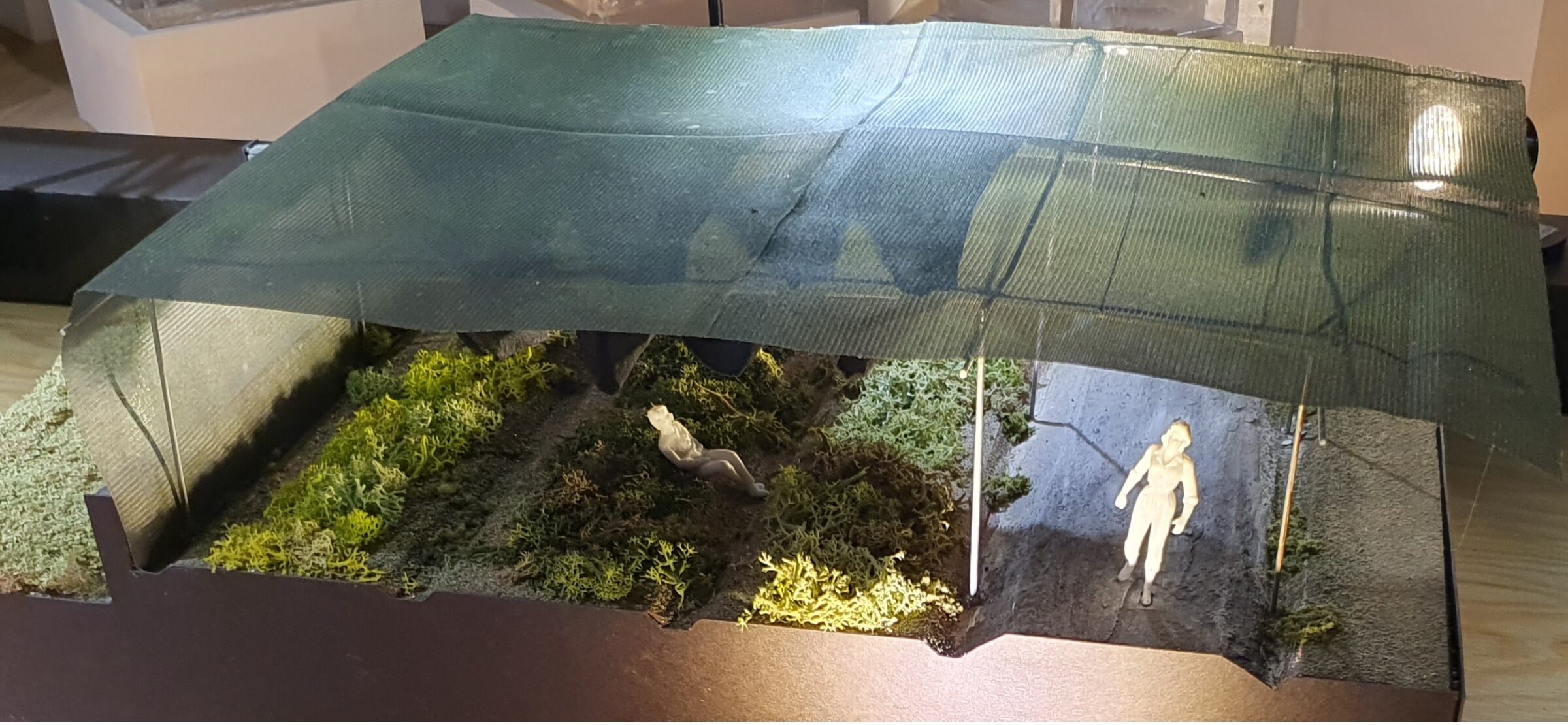Devon has a very mild climate with summer heat and winter chill moderated by the sea but even here we see the climate changing. This June it was so hot that my clay soil dried out to dust after a wet winter, temperatures in the polytunnel went over 50C. As for rain we seem to get showers so heavy that they smash plants and wash out any exposed soil.
I would love a greenhouse as the technology has advanced hugely and makes a perfect platform for robotic management even down to picking and packing vegetables but the capital costs are huge (say £20k for 100 sq m) and running costs subject to uncontrollable fuel cost variations.
So I need more flexible methods of controlling the exposure of plants to the elements at a reasonable cost. At the Venice Biennale I saw a very interesting exhibit of Taiwanese farm buildings evolved to manage their high value fruit and vegetable crops in semi tropical latitudes but with mountains that have cold and snowy conditions. They also get typhoons with very high winds and extreme rainfall.
This summer I used a tarpaulin over the polytunnel to reduce the solar exposure but this is a temporary and difficult to manage option. A polytunnel can of course be adapted with different covers and ventilation but it is hard to change the covering as we bury the sides in soil to stop the wind blowing the covers away.

Figure 1: Model of a fruit farm growing under a frame with an extendable shade/rain filter cover
The Taiwanese style is to create a rigid frame maybe 2.4 m (8’) above ground with tensile wire between the rigid frames that can support crops like tomatoes and beans and also provide a guide and support for covers that can be winched into position as required. I am going to try and experiment with these next season to understand the practicalities. We don’t get typhoons in Devon but we get a lot of wind and periodic heavy rain. I think I will use a mesh of plastic to allow rain to percolate and shade to stop severe burning.


